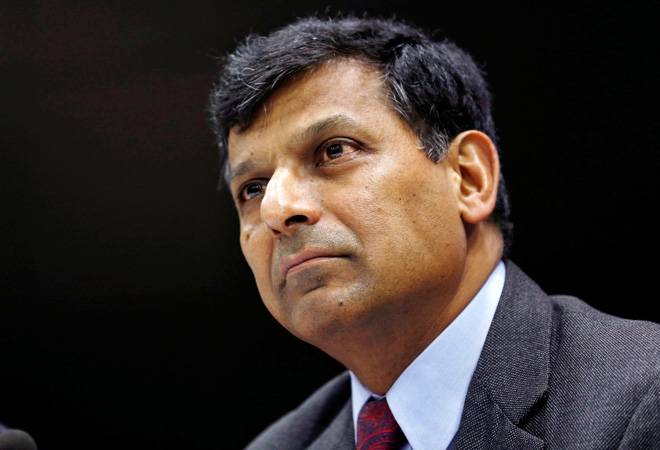India’s tinkering with lead economic indicators and suppression of discomforting economic data is prompting global economists to plan an independent index for India, former RBI Governor Raghuram Rajan told India Today TV’s Rajdeep Sardesai and Rajeev Dubey.
“There is a whole lot of noise around our statistics to the extent that investors are starting to get worried and people are talking about a Li Keqiang index for India,” says Rajan.
The Li Keqiang Index was created by The Economist and named after head of China’s Liaoning province who allegedly said he did not trust government statistics and maintained his own index of broad industrial indicators that couldn’t be easily fudged such as electricity consumption and railway volume.
India has restructured the GDP methodology and, of late, withheld discomforting employment data prepared by NSSO which suggested unemployment is at a 4-decade high. India also held back FDI data inexplicably.
Earlier this month, 108 economists had issued a statement objecting to the tinkering with India’s economic indicators. “The national and global reputation of India’s statistical bodies is at stake. More than that, statistical integrity is crucial for generating data that would feed into economic policy-making and that would make for honest and democratic public discourse,” the economists said in a statement.
Their move was later countered by 131 chartered accountants who endorsed the government’s statistics and called the economists’ intervention “baseless allegations with political motivations”.
A US State Department memo exposed by WikiLeaks said, Li Keqiang who was then the People’s Party Committee Secretary for Liaoning, told US ambassador that he did not trust Liaoning’s GDP numbers. Hence, he created his index of three leading indicators: Rail cargo volume, electricity consumption and credit issued by banks.
Investment bank Haitong Securities also used the term ‘Keqiang index’ in its index to indicate the deceleration in China’s economy since 2013.
“Some people are developing a Li Kequiang Index for India because they are no longer paying attention to the GDP numbers. Our GDP numbers are not being trusted by international investors which is why we need some outside opinion, a committee of experts, may not be all from outside the country but who can reliably pronounce on the quality of our statistical structure,” says Rajan.
Incidentally, right after the restructuring of India’s GDP methodology, Mumbai-based broking firm Ambit Capital had created its own Keqiang Index. Ambit’s Keqiang Index captured power consumption, air cargo, vehicles sales and capital goods imports.




